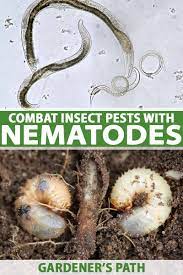In October we were delighted to welcome back Michael Holland, when he kindly stepped in after our booked speaker had to cancel. Michael’s talk “There’s No Such Thing as a Houseplant” was based on his newly published book “A Jungle in Your Living Room”:
https://www.growingunderstandings.co.uk/writing
Michael has had a long career in horticulture, working for many years at Chelsea Physic Garden, and is an award winning author. His interest in growing things began when he was given “The Pip Book” for his 8th birthday. He began to plant pips and seeds, successfully growing avocado trees and citrus plants amongst other things.
A “Houseplant” can mean many things, indeed is there such a thing? There are over 450,000 species of plant in the world, evolved and adapted to many differing climates. For a plant to thrive in the home it must have the right conditions. The most common cause of killing houseplants is overwatering them. We were fascinated to discover that plants can sense the world around them, and can learn, remember and be happy! The CIA conducted an experiment, wiring up a plant to a lie detector to see how it reacted to watering. The person then thought about burning the plant, and the plant reacted.
The use of plants in the home has a long history, with the earliest ones being useful as well as ornamental, such as the use of sweet smelling herbs in the home before daily washing was common! Houseplants could also be used to demonstrate their owner’s wealth, as with the building of orangeries in the 17th and 18th centuries, which required lots of expensive glass and underfloor heating to protect the tender plants.
Kew has the world’s oldest “pot plant”, originally brought to England in 1775 and now living in their tropical Palm House. In the age of the great plant hunters, there were fake maps and secret codes to protect the locations of plants. Orchids started to become popular houseplants in the 19th century, when plant hunters brought these back to a domestic audience.
Michael then talked through the history and quirks of many of the other plants we now think of as “houseplants”. These included spider plants (proved by NASA to purify the air), snake plant (great for the bedroom) and the popular, but poisonous, variety of Euphorbia we like to have in our homes at the Christmas, the poinsettia. Who knew the fruits of the Swiss cheese plant are edible and the fibrous roots can be used to make furniture? The family of Air plants include another popular plant, Spanish moss, which is neither Spanish nor a moss! One of the most popular houseplants in the world is a variety of Ficus, the Fiddle-leaf fig, even though it is notoriously difficult to care for.
Collecting houseplants can become addictive, with the botanist James Wong describing himself as a plant geek and having a collection of over 500 plants in his one-bedroom flat!
Finally, a fun fact - did you know, 27th July is take your houseplant for a walk day?!














